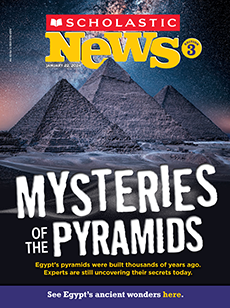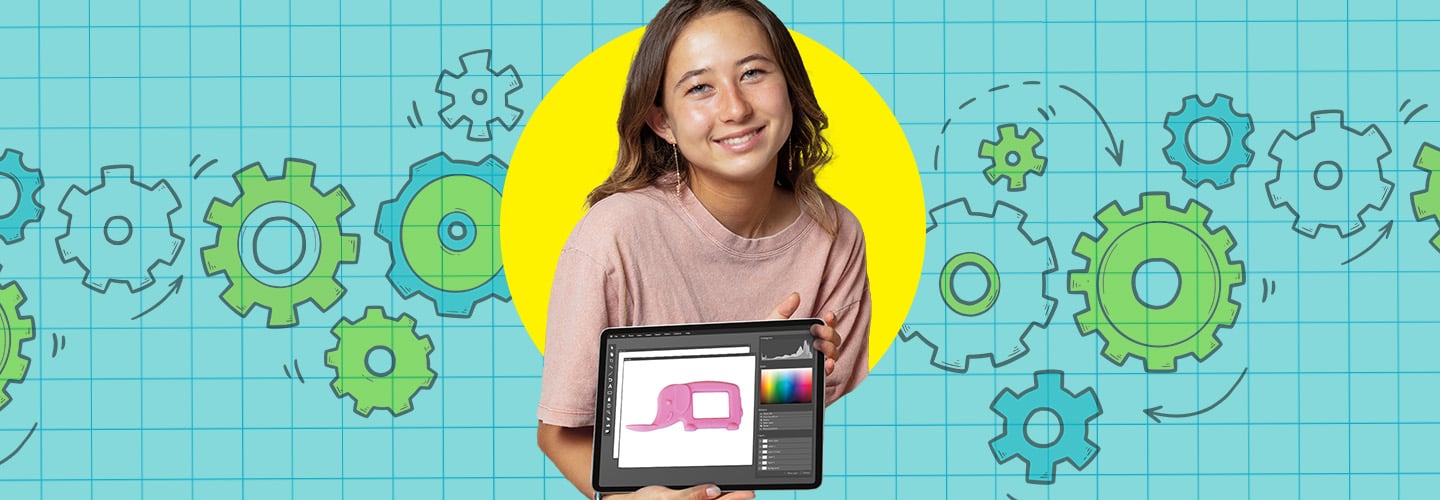Have you ever had an idea so good that you couldn’t wait to share it?
If you said yes, you have something in common with Cassidy Crowley. When she was 10, she had a big idea that she wanted to show to the world.
Cassidy had invented a new baby spoon. Unlike a regular spoon, this one didn’t have a handle that could hurt a baby. It could also be used as a teething toy. Cassidy called it the Baby Toon.
To help spread the word about her invention, Cassidy went on the TV show Shark Tank. The stars on that show are investors. They decide if they like an idea enough to invest money in it. Cassidy was excited that one of the stars decided to invest in the Baby Toon.
That was in 2019. Today, the Baby Toon is sold online and in stores across the U.S. and Canada.
Cassidy, who lives in Honolulu, Hawaii, thinks other kids can be inventors too. Here are her tips.
Have you ever had an idea so good that you couldn’t wait to share it?
If you said yes, you have something in common with Cassidy Crowley. When she was 10, she had a big idea. She wanted to show it to the world.
Cassidy had invented a new baby spoon. Unlike a regular spoon, this one didn’t have a handle that could hurt a baby. It could also be used as a teething toy. Cassidy called her invention the Baby Toon.
Cassidy went on the TV show Shark Tank. The stars on that show are investors. They decide if they like an idea enough to invest money in it. One of the stars decided to invest in the Baby Toon. Cassidy was excited.
That was in 2019. Today, the Baby Toon is sold online. It can also be found in stores across the U.S. and Canada.
Cassidy lives in Honolulu, Hawaii. She thinks other kids can be inventors too. Here are her tips.

